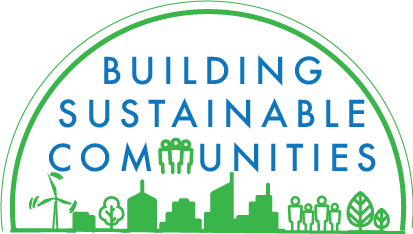In Sub-Saharan Africa, if no action is taken, an estimated 40 million people could fall back into poverty by 2030 because of weather and climate shocks.
To help reduce these impacts, modernized weather – or “hydromet” – services bring together meteorological and hydrological agencies, disaster risk managers, and end-users across all sectors to deliver actionable, timely, and usable climate and weather information to support decision making.
Hydromet and early warning services provide life-saving information that protect people and assets, preserve livelihoods, and promote prosperity in climate and disaster risk prone areas. For example, early warning systems reduce the impacts of floods, droughts, storms and other natural hazards while protecting citizens, assets, and businesses.
However, existing hydromet systems and services are degrading in Africa. There is an urgent need for more investment in modern hydromet services across the region. The World Bank is responding to that need through the Africa Hydromet Program – in partnership with the Global Facility for Disaster Reduction and Recovery (GFDRR), World Meteorological Organization (WMO), and other global partners – to boost hydromet modernization investments in Africa and provide technical and institutional support to African countries.
On Earth Day, watch a video blog to learn what is being done to improve hydromet services and boost climate resilience in Africa with World Bank Senior Director Ede Ijjasz-Vasquez (@Ede_WBG) and Disaster Risk Management Specialist Lorenzo Carrera.
READ MORE:
- Video blog on the World Bank Group Action Plan on Climate Change Adaptation and Resilience
- Subscribe to our Sustainable Communities newsletter
- Follow @WBG_Cities on Twitter




Join the Conversation